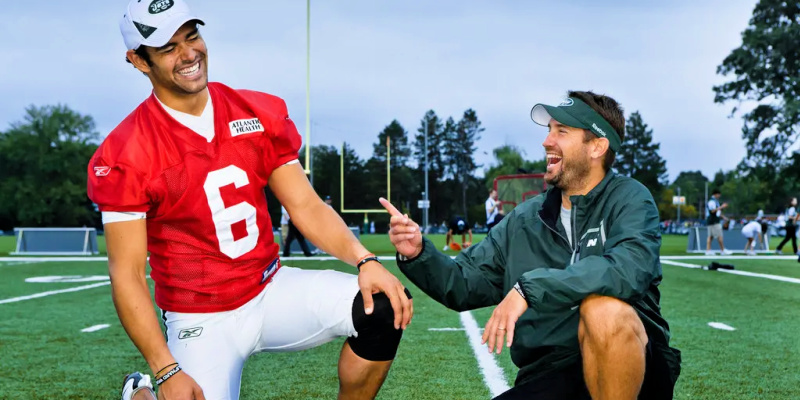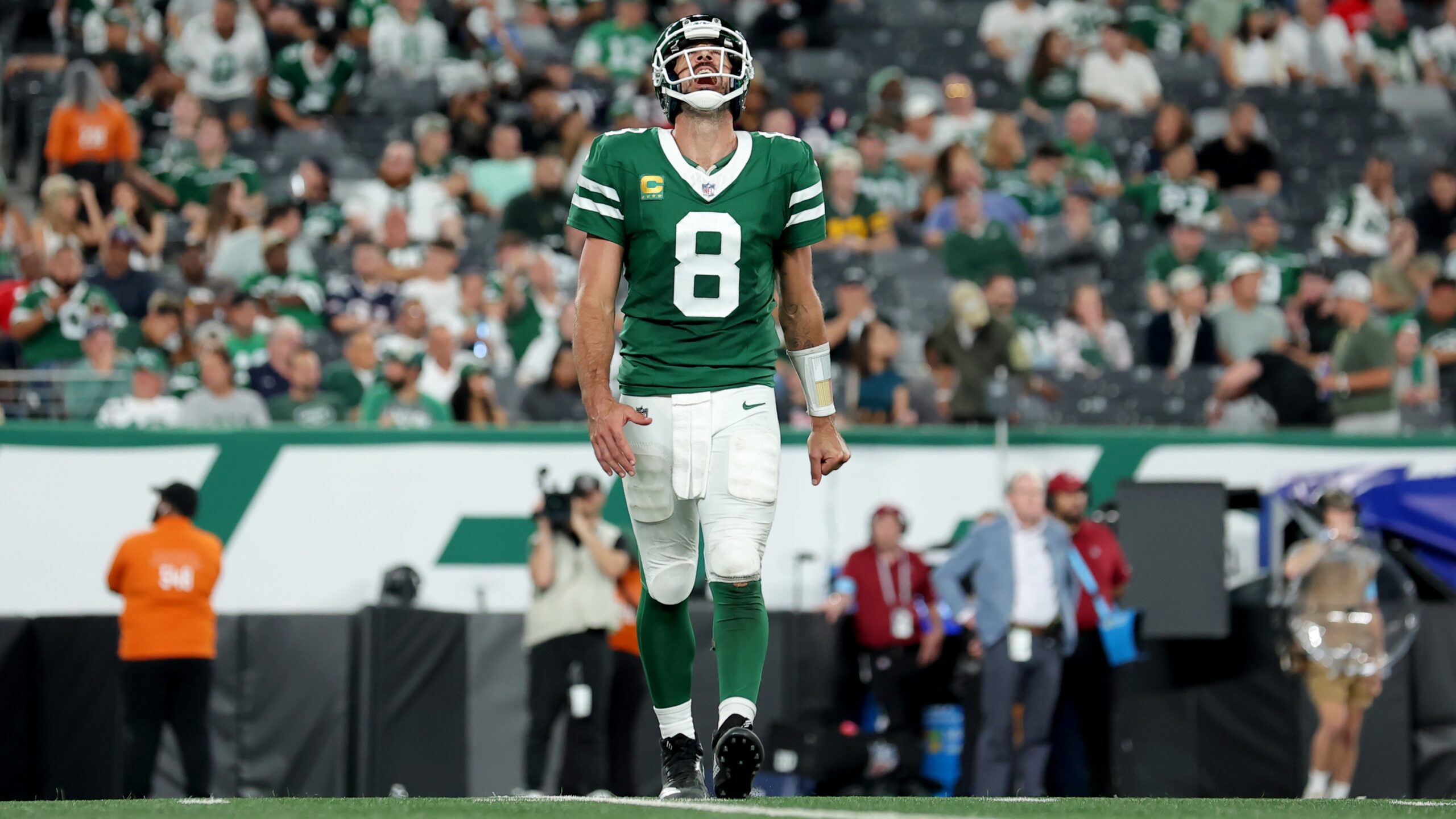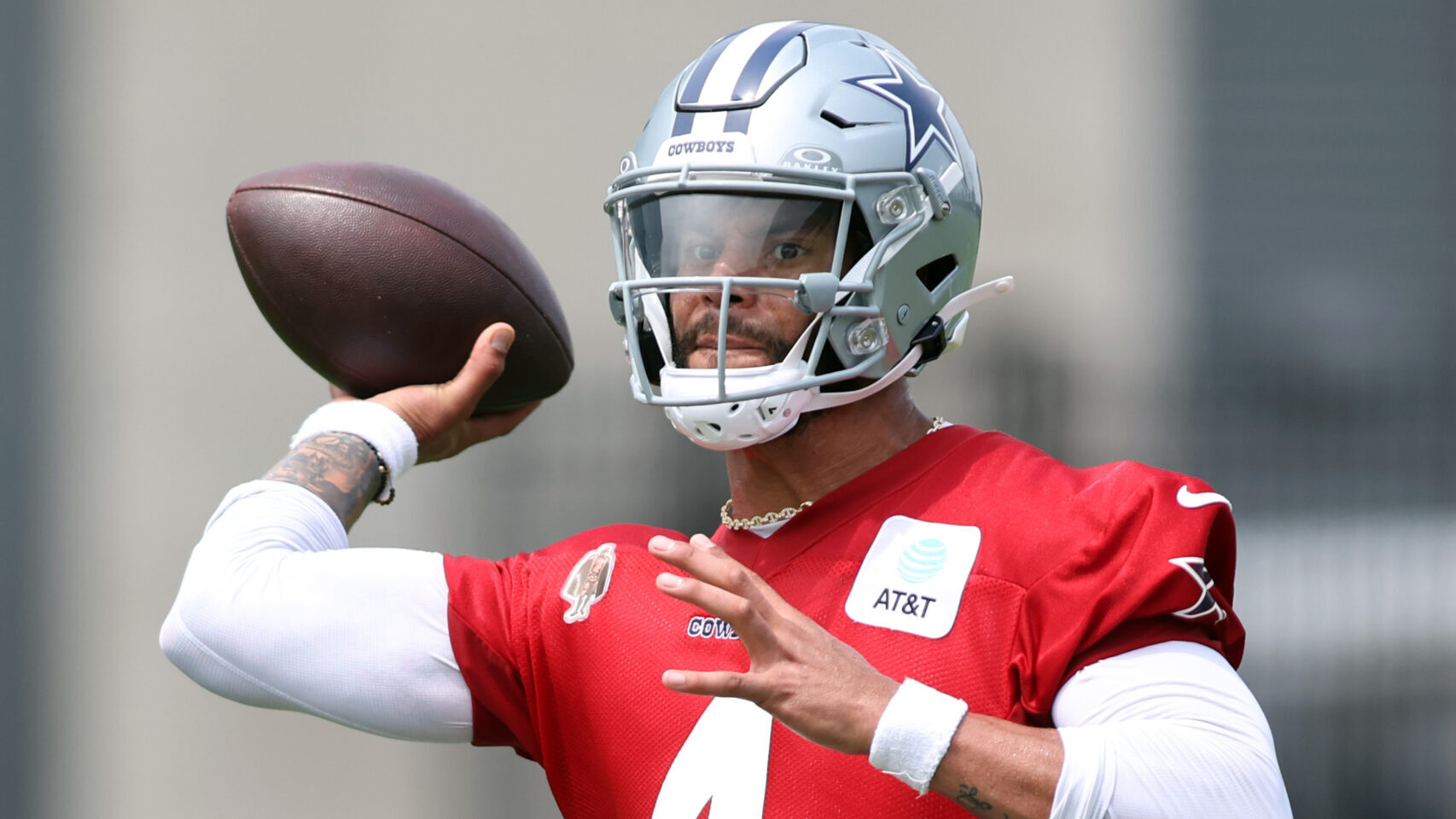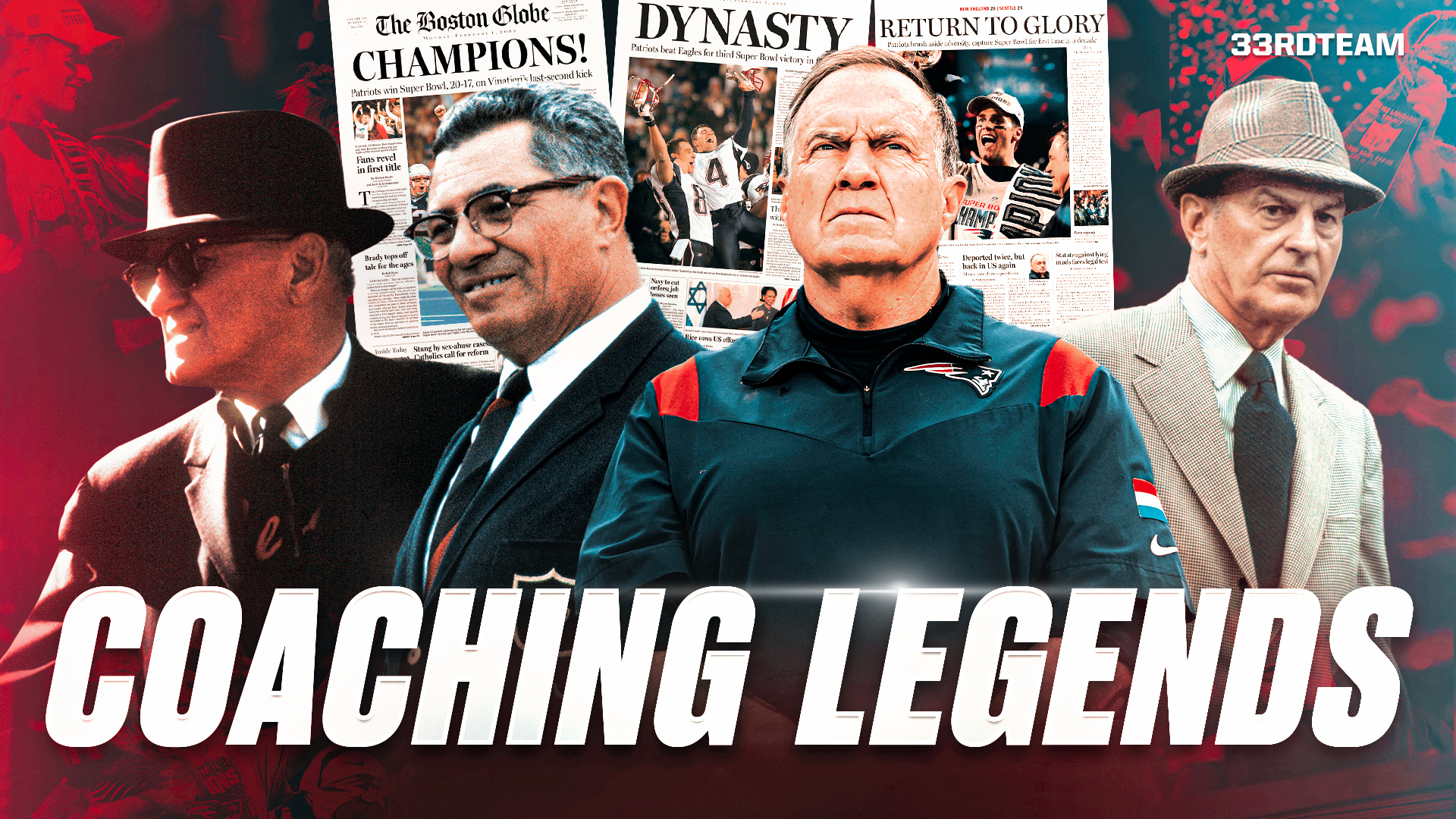Analysis
3/1/22
5 min read
Schottenheimer: Evaluating Quarterbacks At the NFL Scouting Combine

Your goal as a position coach at the NFL Scouting Combine is to gather as much information as possible on your draftable position players. Each coach has specific things they are looking for. And for me, the critical information was not what most people would think.
The following are the four things I needed to know about a quarterback before I left the NFL Scouting Combine:
1) How does the prospect learn? What is his football IQ?
With a small window of time, you must maximize that time and make the prospect talk football.
Do they have a strong recall of their college terminology? Do they understand game situations and overall strategy? Can they fix problems you present to them on their game film?
The Combine offers two locations where you can do the interview. The first is the “Train Station,” where three or four position coaches sit at a table and take turns asking the player questions. You cannot gain as much insight into the prospect’s football IQ in this chaotic 15-minute setting as you can in the “Big Room.”
The “Big Room” is the place where the Head Coach, General Manager and coordinators have a chance to sit down with prospects in a private room. You start off having a casual conversation with the prospect, before jumping to the videotape. The goal here is to make the prospect describe in detail what is happening on screen. I have always tried to make them think and translate the information quickly as that is how the game is played.
All of these meetings are recorded. I always took notes so that I could refer back to specific questions that were asked of the prospect.
This allowed me to recall if a player was very sharp on how to handle a 4-weak blitz, or if he was really crisp in calling out his formations, or maybe he struggled to explain their two-minute offense.
In the past few years, it has become clear that agents have done a great job of preparing prospects for this process by using former coaches to do practice interviews.
2) What is the prospect’s personality like?
One of the most important things you must learn before leaving the Combine is, “What makes a guy tick?” You’ve got to find that out by asking a lot of questions in a limited amount of time.
Is he upbeat and positive or quiet and reserved? How does he communicate to the group? Is he comfortable being asked hard questions by the NFL’s top brass?
When Sam Bradford walked into the room, he was very quiet and kind of reserved, but he displayed a very good football IQ. You could tell he had played a lot of football. Sam was more of an introvert, as opposed to someone like Philip Rivers, who could sit and talk football all day. It’s fascinating to see how these great players are wired so differently.
When we first interviewed Mark Sanchez, we realized that there were things he didn’t know, but we also realized he had a personality that people would want to follow. He’s a passionate and fun-loving guy.
3) How does the prospect act during on-field drills?
When watching on-field drills, pay close attention to how the quarterback interacts with coaches and others on the field.
Are they up front and intently listening? Do they support and encourage the other players? Are they focused and ready to compete? Do others gravitate toward them, or do they keep to themselves?
4) What are their physical measurements? Do they have any medical concerns?
A quarterback’s height, weight, hand size and arm length are all very important. Learning whether they have any concerning medical conditions is a top priority. The ability to get this information from several prospects is one of the most important things that the Combine provides.
As far as the actual on-field drills are concerned, I never felt that a quarterback prospect could hurt themselves from competing in them.
Drew Brees had one of the worst combine workouts I’ve ever seen. He threw four square outs, two to the left and two to the right. He literally bounced three of the four.
If you had crushed him on your report because he had a bad workout in Indianapolis, imagine what you would have missed out on? I started coaching him in his second season, and it was clear that he was one of the most accurate passers in the NFL.
Remember: Each quarterback prospect typically has 25-35 games of film for us to see them “play the game.”
When I first went into the process, I would grade every throw the quarterback would make during on-field drills. What I started to learn as I matured in this business and got to work closely with some great quarterbacks is that it is so much more valuable to know who a prospect is.
At the end of the draft process, each team must decide, “Is this quarterback a good fit in our locker room? Does he have the personality to lead our football team?” Teams that gather the best information during the NFL Scouting Combine have the best opportunity to make the right decision on draft day.







